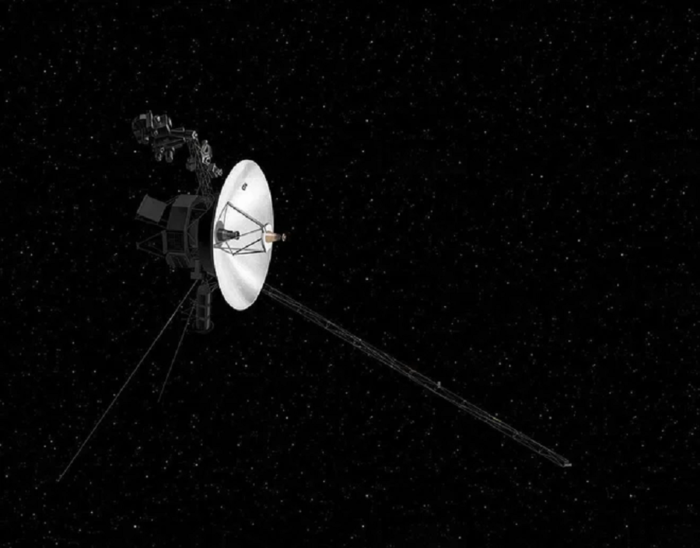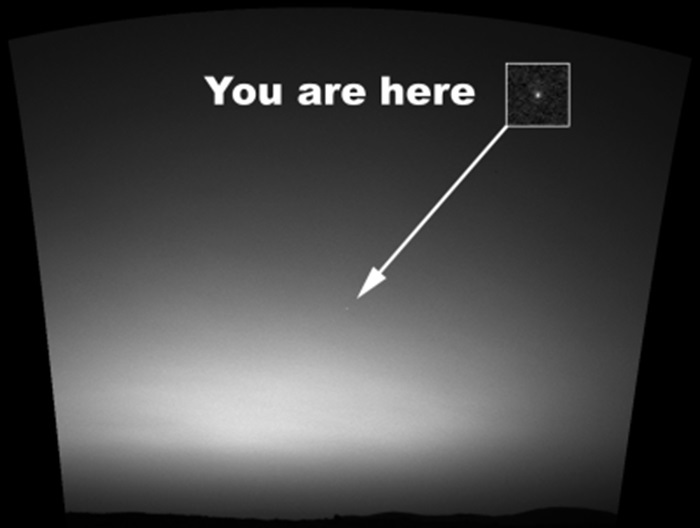NASA's Voyager 2 probe responds from interstellar space: the mission managers sent it a signal and the probe confirmed that it had received the "call" and carried out the commands without problems.
Launched in 1977, the spacecraft left the Solar System in 2018 and is now more than 18.8 billion kilometers from Earth.
It was contacted to test the new components recently installed on Deep Space Station 43, the only antenna in the world capable of sending it commands.
The antenna is located in Canberra, Australia, and is part of NASA's Deep Space Network (DSN), a network of radio antennas used to communicate with spacecraft operating beyond the moon.
The antenna had not been operational since last March due to a technical update involving a series of equipment, including two new radio transmitters.
One of these, which is used to communicate with Voyager 2, hadn't been replaced for over 47 years.
The Deep Space Network consists of three radio antennas located in Canberra;
Goldstone in California, and Madrid in Spain.
The location of the three antennas ensures that almost any spacecraft with a line of sight to Earth can communicate with at least one of the structures at any time.
Voyager 2 is the rare exception.
To make a close flyby of Neptune's moon Triton in 1989, the spacecraft flew over the planet's north pole.
That trajectory deflected it south from the plane of the planets, and it has been heading in that direction ever since.
It is now so far south that it has no line of sight with radio antennas in the Northern Hemisphere.
The Canberra antenna is the only dish in the southern hemisphere that has a powerful enough transmitter that transmits the right frequency to send commands to the distant probe.
The technical update, according to NASA, will also benefit other missions, including the Mars Perseverance rover, which is expected to land on the red planet on February 18, 2021, and NASA's Artemis mission which intends to return man to the moon.
(HANDLE).




/cloudfront-eu-central-1.images.arcpublishing.com/prisa/TQ73US57UFGWTIXR7C3BS2OTIA.jpg)









